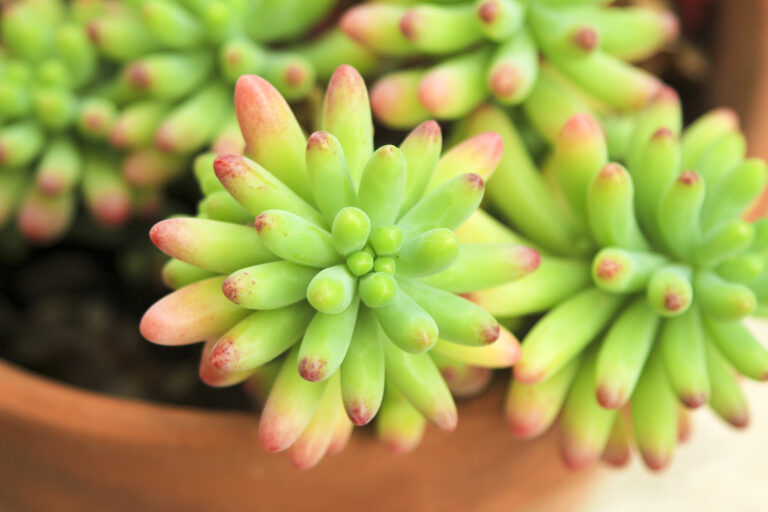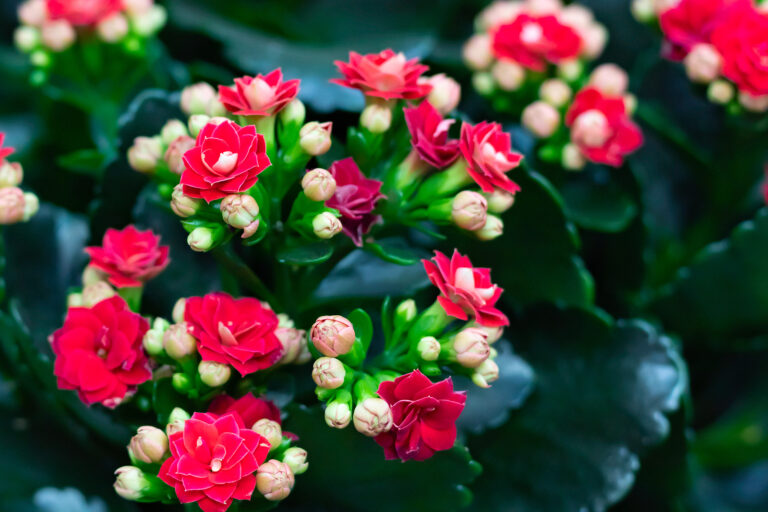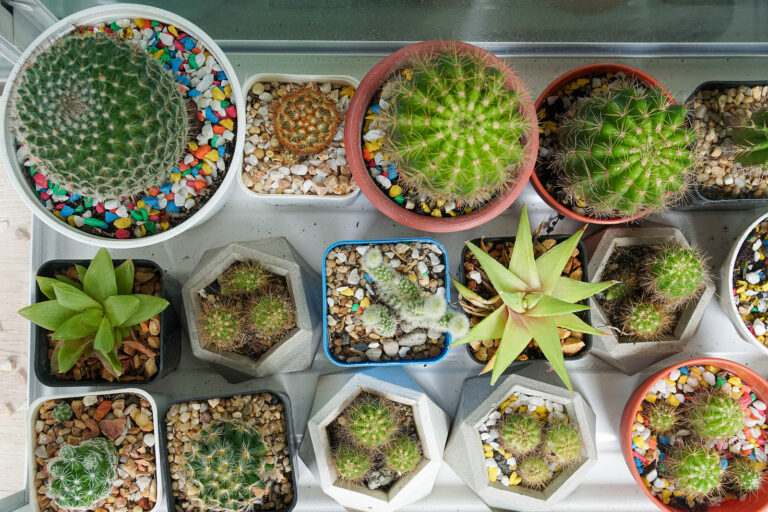How to Grow Sedum
Sedum are mostly low-growing spreading or creeping succulents that grow in clumps or clusters. They are one of the most common succulent species grown. There are about 600 species in the Sedum genus. Sedum have fleshy leaves that may be either cylindrical or flat. Sedum flowers are generally star-shaped and 5-petaled and appear in summer…






